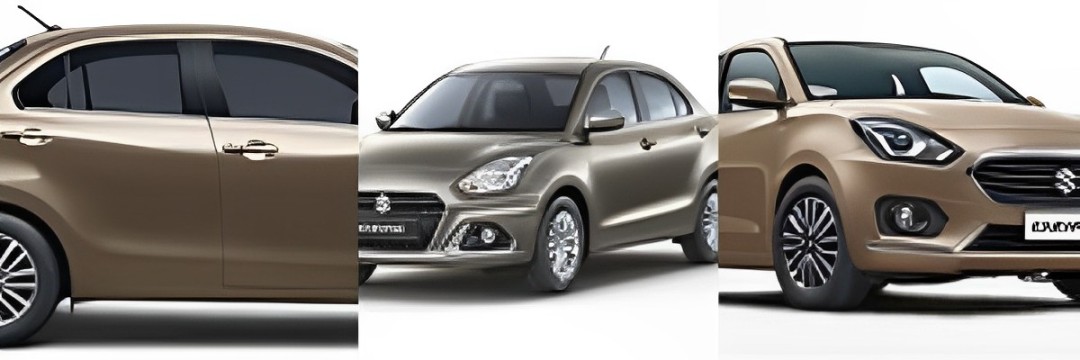Enter the captivating world where automotive aesthetics meet visual storytelling—the art of car photography. From sleek sports cars to rugged off-roaders, this comprehensive guide explores the techniques, tips, and creative approaches to capturing your vehicle in style through the lens of a camera. Unleash your inner photographer and elevate your car’s visual allure.
Also Read: Alternative Fuels: Pros and Cons of Hydrogen-Powered Cars
Understanding Your Car’s Personality
Every car has a unique personality, and a successful car photograph should capture it authentically. Explore your car’s design elements, color palette, and distinctive features to understand its character. Whether it’s a classic beauty or a modern powerhouse, let your car’s personality shine through in your photographs.
Choosing the Right Location
Selecting the perfect backdrop is crucial for a stunning car photograph. Whether it’s an urban environment, a scenic countryside, or an open road, the location should complement your car’s style. Experiment with different settings to find the backdrop that enhances your vehicle’s visual appeal.
Mastering Lighting Techniques
Lighting is a game-changer in car photography. Experiment with natural light during the golden hours of sunrise or sunset to add warmth and dimension to your shots. Alternatively, explore creative lighting setups, including artificial lights and flashes, to highlight specific features and create a captivating atmosphere.
Showcasing Details and Angles
Focus on the details that make your car unique. Experiment with different angles to highlight its best features, from the curve of the body to intricate design elements. Get up close and personal to showcase the textures, contours, and craftsmanship that define your vehicle.
Composition Techniques: Rule of Thirds and Beyond
Apply compositional techniques to create visually engaging car photographs. Experiment with the rule of thirds, leading lines, and framing to add depth and visual interest. Consider the overall composition to guide the viewer’s eye and evoke a sense of movement or stillness, depending on your creative intent.
Using Reflections Creatively
Explore the art of reflections to add a dynamic and artistic touch to your car photographs. Capture reflections on glossy surfaces, water puddles, or even mirrors to create intriguing compositions. Experimenting with reflections can elevate your images and add a layer of visual complexity.
Post-Processing and Editing
Enhance your car photographs through post-processing and editing. Experiment with color grading, contrast adjustments, and retouching to refine your images. Strive for a balance that enhances the visual appeal while maintaining the authenticity of your car’s appearance.
Incorporating Action Shots
Add a dynamic element to your car photography with action shots. Experiment with panning techniques to capture a moving car in a blur of speed. Explore shots that showcase your car in its natural element, whether it’s conquering off-road terrain or navigating a winding road.
Creating a Story
Elevate your car photography by telling a visual story. Consider the narrative you want to convey—whether it’s the thrill of a road trip, the elegance of a city drive, or the rugged adventures your car has encountered. Craft a series of images that collectively narrate a compelling story around your vehicle.
Building Your Photography Portfolio
As you hone your car photography skills, consider building a portfolio to showcase your work. Share your images on social media platforms, automotive forums, or even create a personal photography website. Networking with fellow car enthusiasts and photographers can provide valuable feedback and opportunities for collaboration.
Conclusion: The Road to Captivating Car Photography
The art of car photography is a journey of creativity, passion, and technical skill. Whether you’re capturing the timeless beauty of a classic car or the cutting-edge design of a modern marvel, these techniques and tips will empower you to embark on a road of visually captivating car photography.
Read Also:

